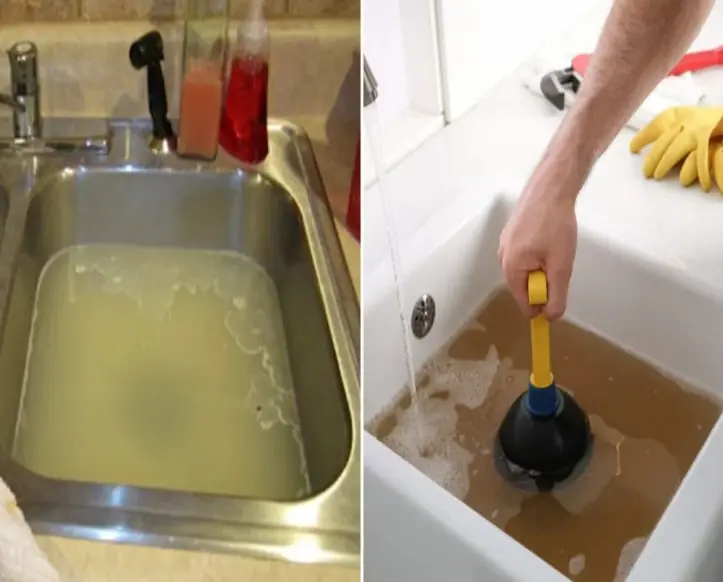
Warning about habits that contaminate food with more than 490,000 microplastic particles
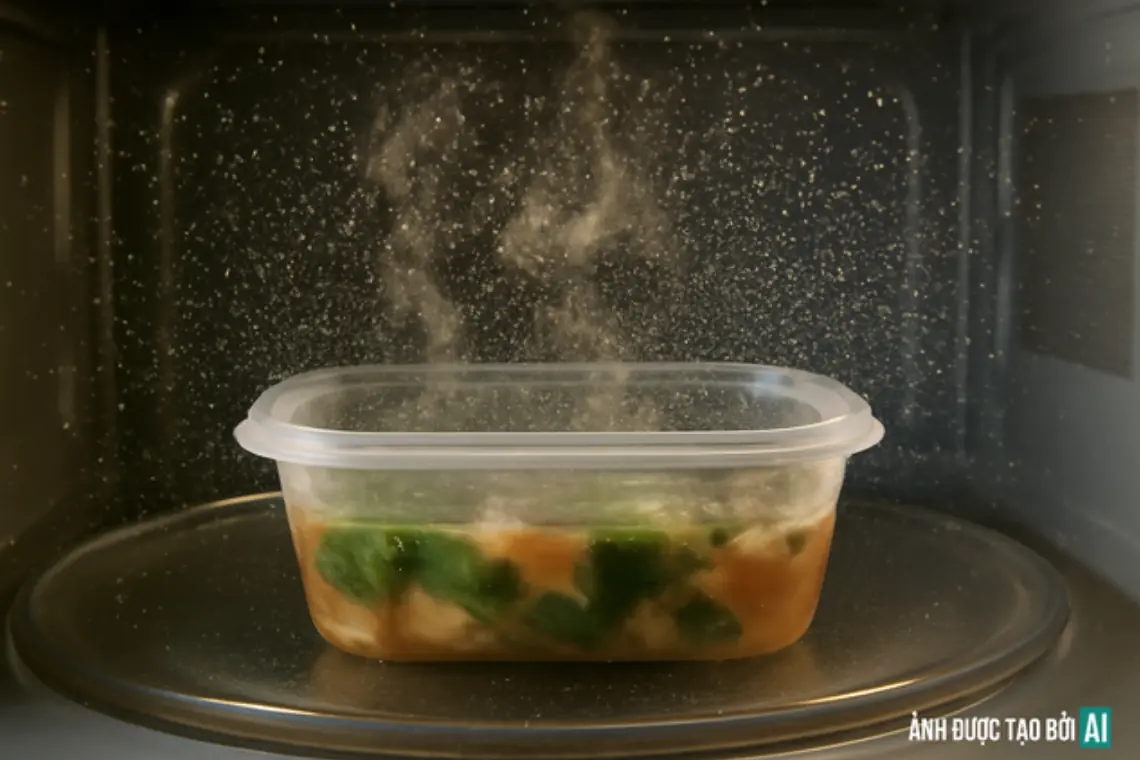
Warning About Habits That Contaminate Food with More Than 490,000 Microplastic Particles
Microplastics are tiny plastic particles that have infiltrated almost every part of our environment — from the deepest oceans to the air we breathe. Recent studies show that these harmful particles are now finding their way into our food, and the number of microplastics in some foods is staggering. Research indicates that certain everyday habits can contribute to the contamination of food with more than 490,000 microplastic particles. This growing concern is leading experts to warn us about the harmful effects of microplastic exposure and how we can reduce our risk.
1. Using Plastic Containers for Storing Food
One of the most significant contributors to microplastic contamination in food is the widespread use of plastic containers, especially those that are not BPA-free. Over time, these containers break down and release microplastics into the food, particularly when exposed to heat. When storing hot food in plastic containers or microwaving food in plastic, the chances of microplastic contamination increase significantly.
Solution: Choose glass or stainless steel containers for storing food, and avoid heating food in plastic containers.
2. Consuming Food Wrapped in Plastic Packaging
Many processed foods come in plastic packaging, including plastic wraps, bags, and containers. Studies have shown that food items like pre-packaged salads, fruits, and snacks can contain microplastics due to the plastic wrapping. This is especially true for food stored in plastic for long periods, as the plastic slowly degrades and leaches microplastic particles into the food.
Solution: Opt for fresh, unpackaged produce when possible, or choose foods wrapped in environmentally friendly packaging like paper or compostable wraps.
3. Drinking from Plastic Bottles
Plastic bottles are a significant source of microplastics, and the particles can leach into beverages, especially when the bottles are exposed to heat or stored for extended periods. Studies suggest that bottled water, sodas, and other drinks in plastic bottles can contain a large number of microplastic particles, contributing to daily exposure.
Solution: Switch to glass, stainless steel, or other eco-friendly materials for drinking water and beverages. Using a reusable water bottle made from non-plastic materials can reduce exposure significantly.
4. Cooking with Nonstick Cookware
Nonstick cookware is convenient and popular, but many of these pots and pans are made with coatings like Teflon, which contain plastic particles. As these coatings wear down over time, they can release microplastics into your food, especially when the cookware is heated to high temperatures. Studies have shown that using nonstick cookware contributes to the release of microplastics into the foods being prepared.
Solution: Consider using cast iron, stainless steel, or ceramic cookware, which are safer alternatives that don't release harmful particles.
5. Consuming Seafood (Especially Shellfish)
Seafood, particularly shellfish like oysters, clams, and mussels, is one of the most common sources of microplastics in the human diet. These marine creatures filter water to feed, and in the process, they can ingest microplastics that are suspended in the water. As a result, eating seafood often leads to the ingestion of microplastic particles.
Solution: Choose sustainably sourced seafood from clean waters, and consider reducing your intake of shellfish to minimize exposure.
Conclusion
The contamination of food with microplastics is an alarming issue, and our everyday habits contribute significantly to the problem. By switching to safer, more eco-friendly alternatives — such as using glass or stainless steel containers, avoiding plastic packaging, and opting for non-toxic cookware — we can reduce our exposure to harmful microplastics. Taking small steps in our daily lives can help protect our health and the environment from further harm.
News in the same category

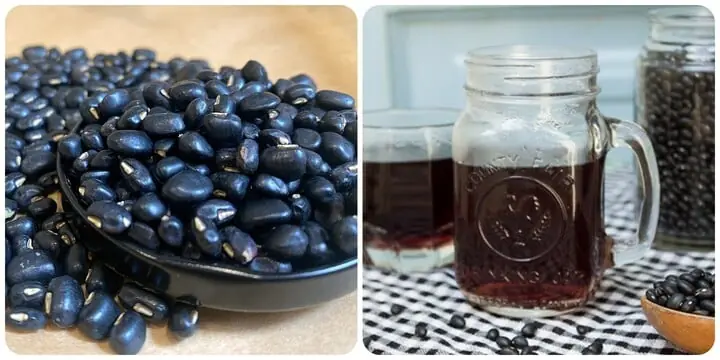
5 amazing health benefits of black bean water

Tips for growing chili peppers in pots with lots of fruit
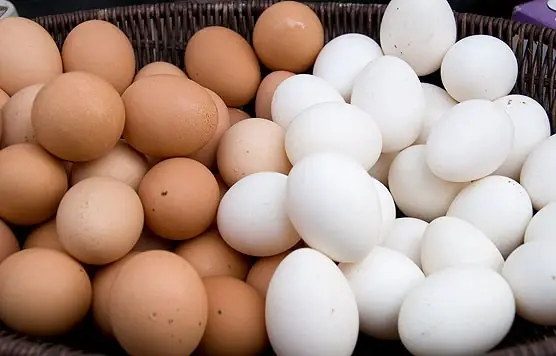
Should you choose brown or white eggs?
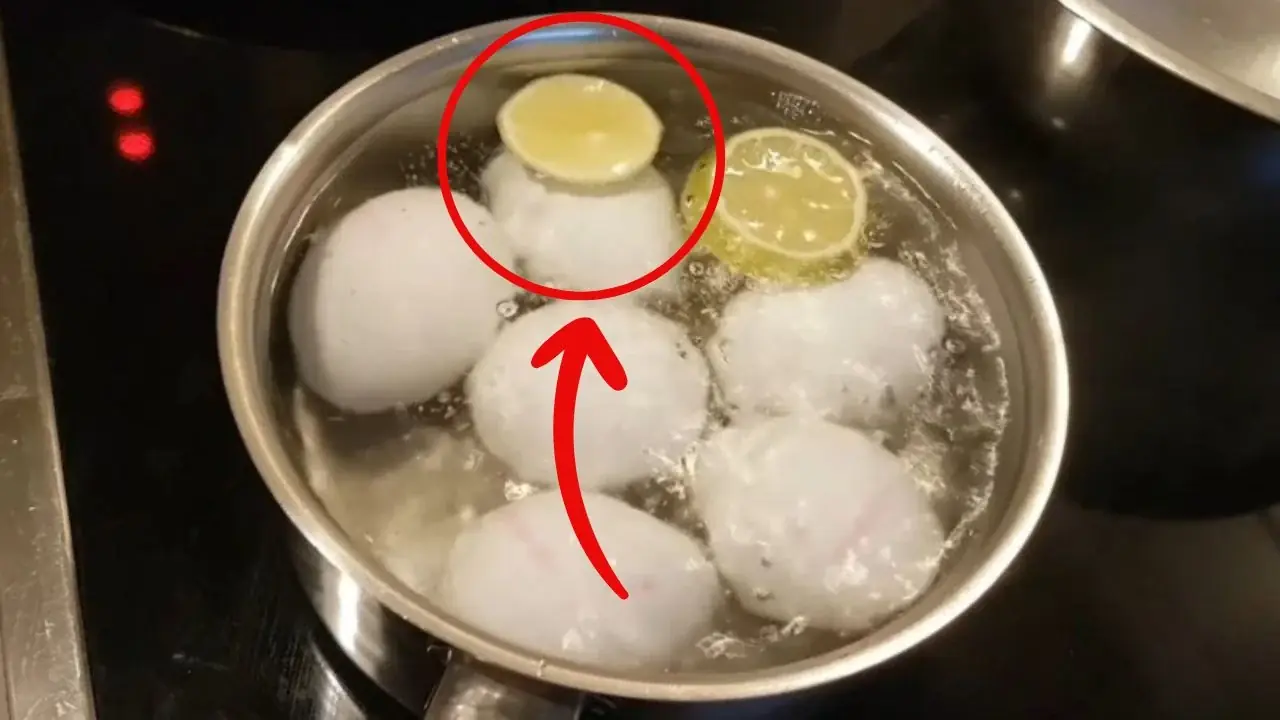
Tips for boiling eggs with lemon

Can Covid-19 be transmitted through masks and clothes? The expert's answer is surprising

Are straight or curved cucumbers better? My mother's 40 years of experience growing vegetables is summarized in 3 things
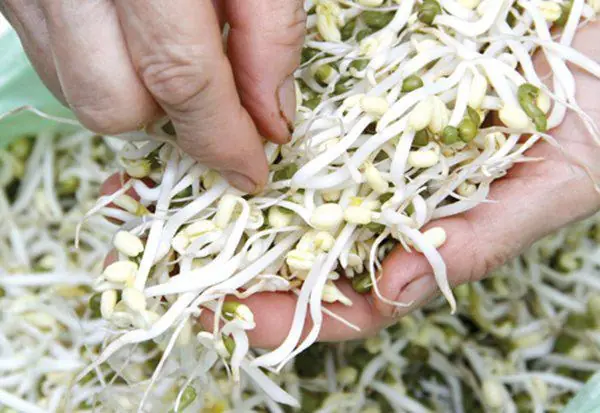
How to remove to.xins in bean sprouts
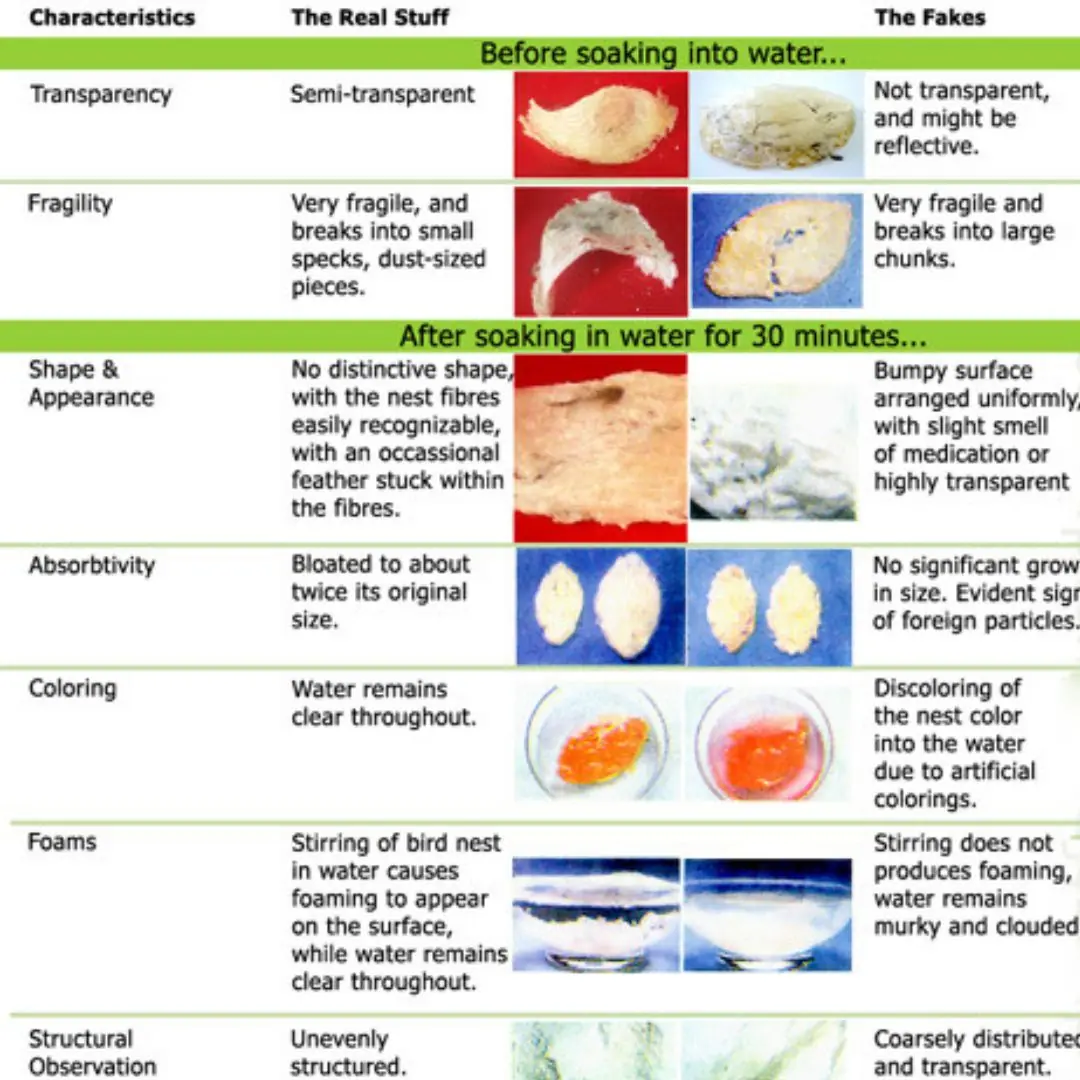
7 Ways to Differentiate Between Pure Bird Nest and Fake Bird Nest
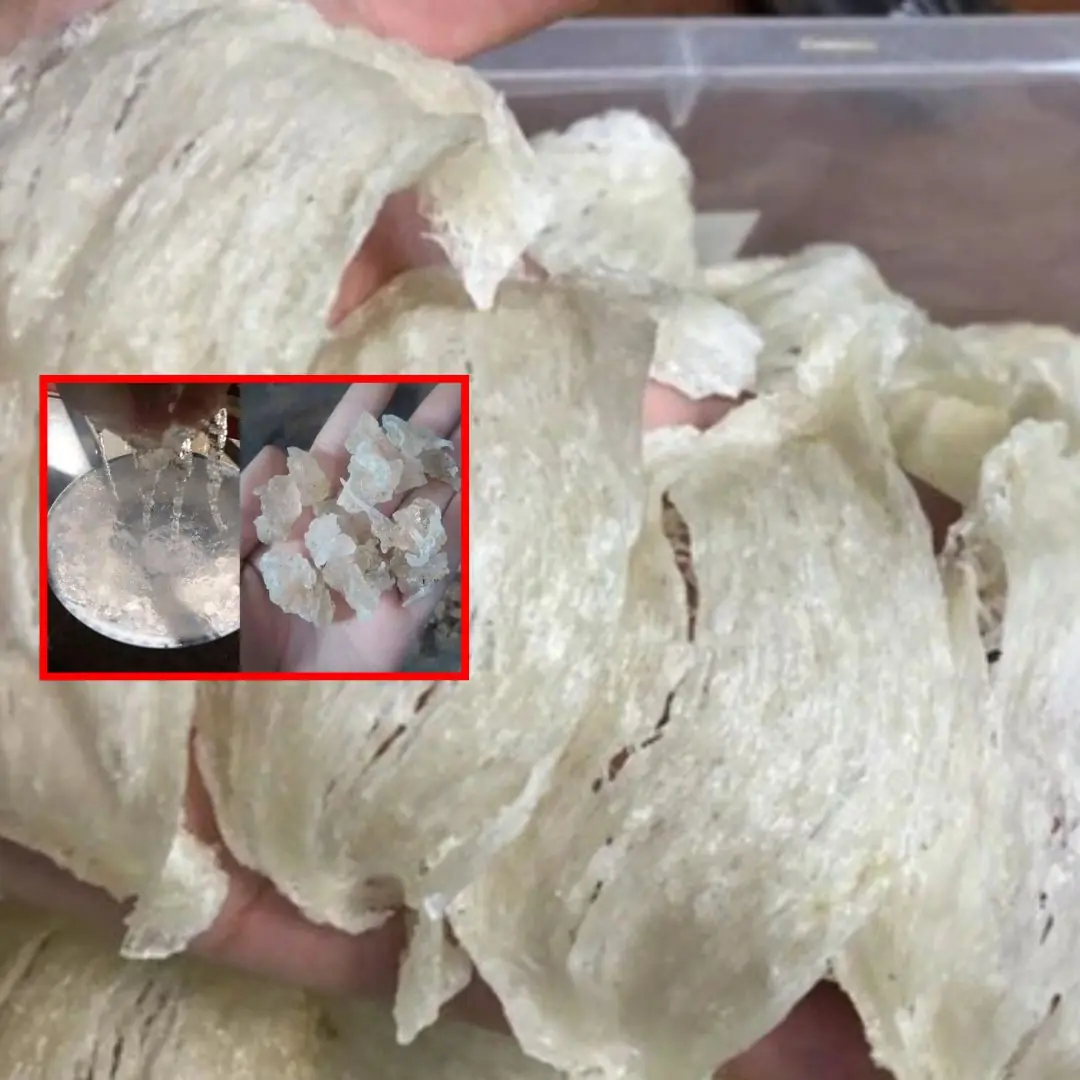
Doctor shows how to identify real and fake bird's nest
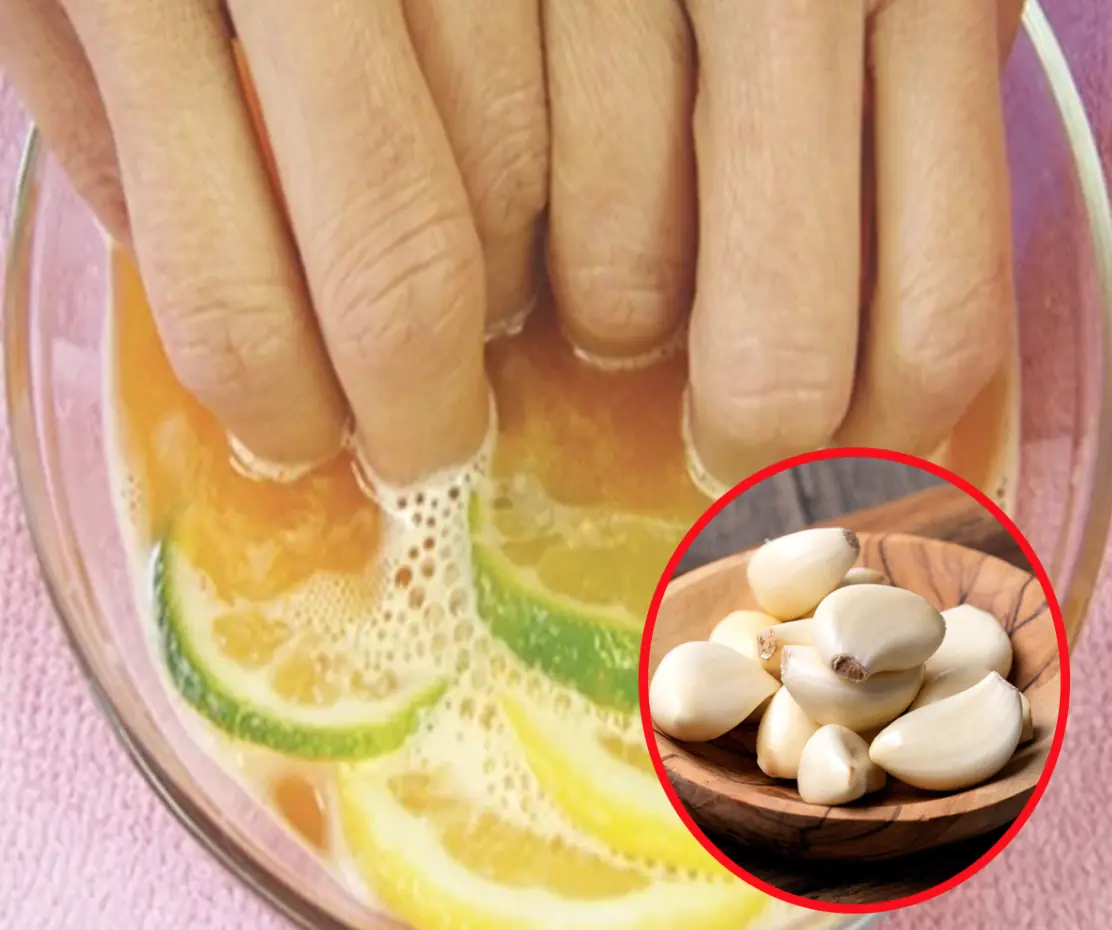
Tips to remove garlic smell from hands when cooking

Many doctors recommend using two pillows when sleeping for better sleep health!

Eat 4 foods on an empty stomach in the morning to help clean the intestines, improve digestion, and prevent canc.er
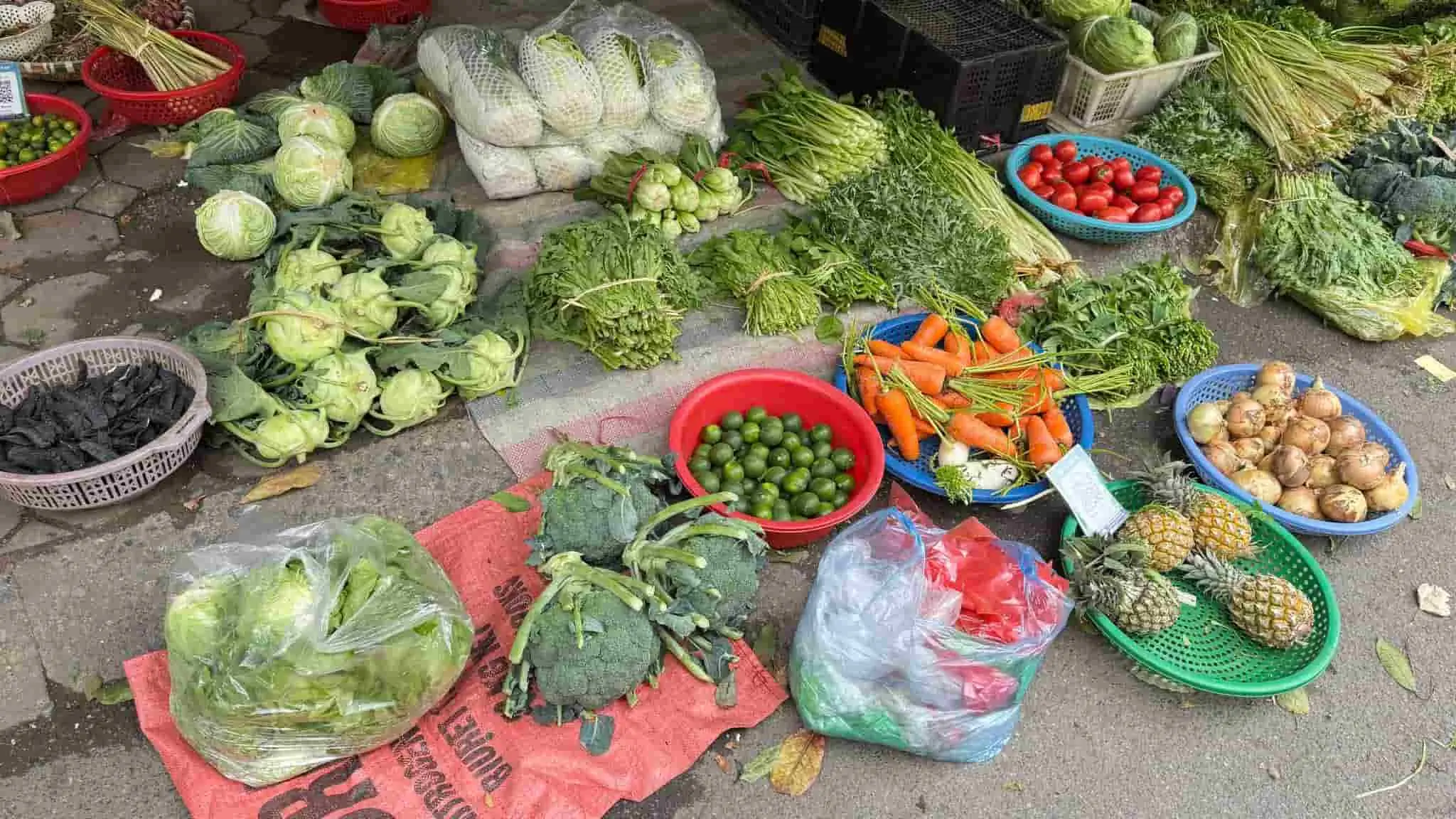
Walking around the market, a smart person can immediately see that these 5 types of vegetables are "soaked in chemicals", especially number 4
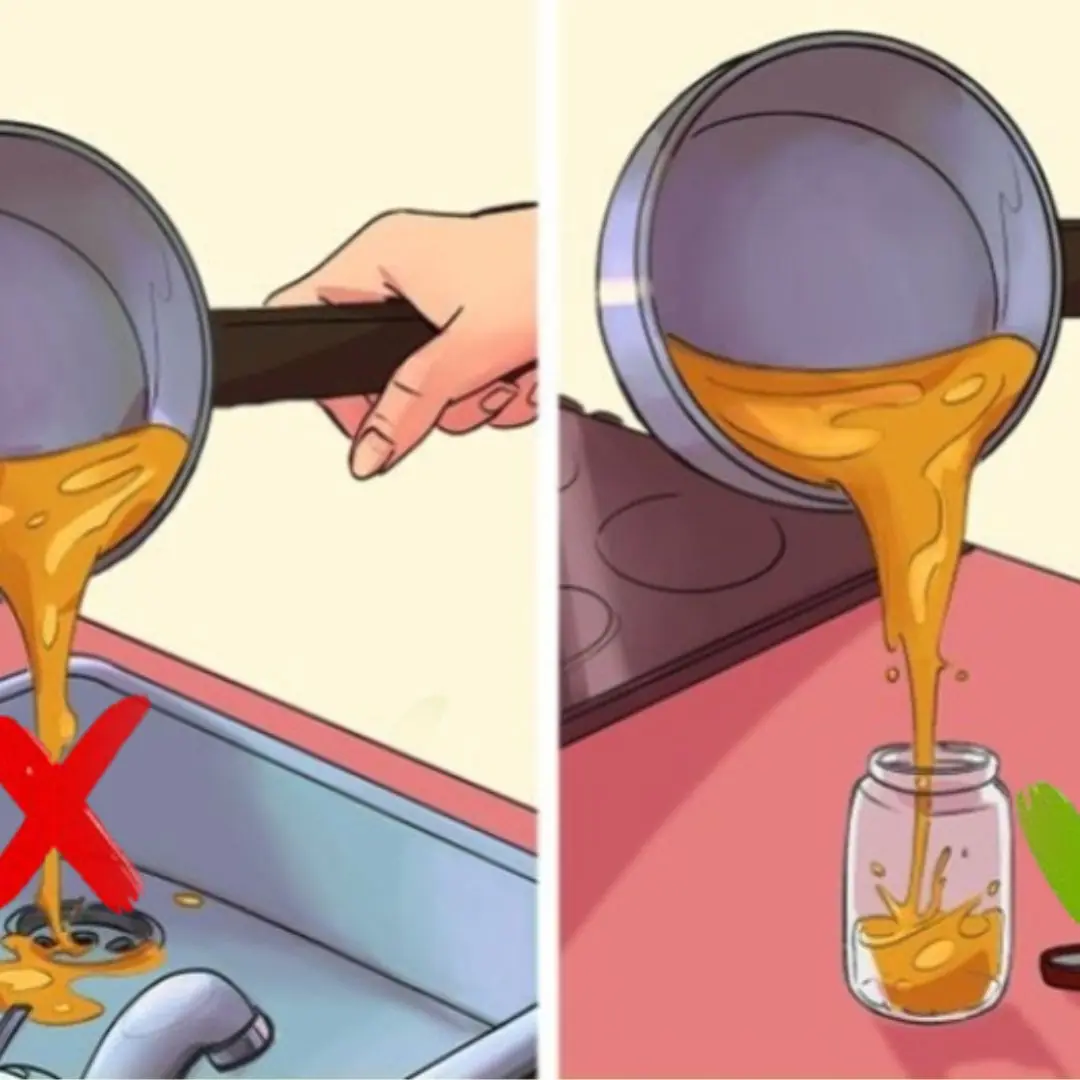
6 effective and safe ways to handle leftover cooking oil you should know

How to clean your TV screen safely without causing damage
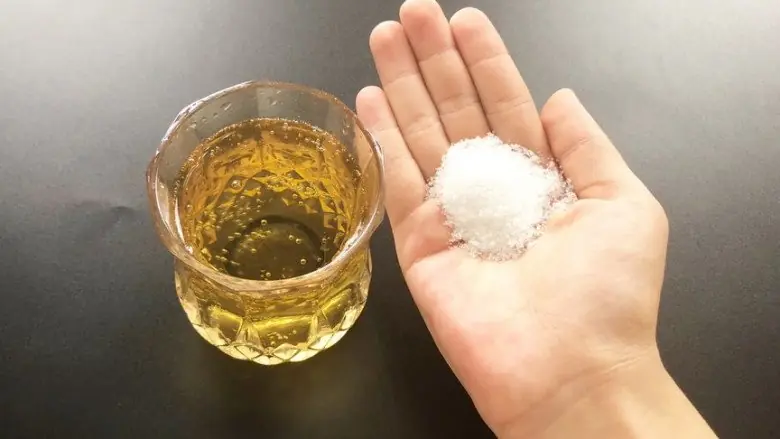
Tips with salt and beer
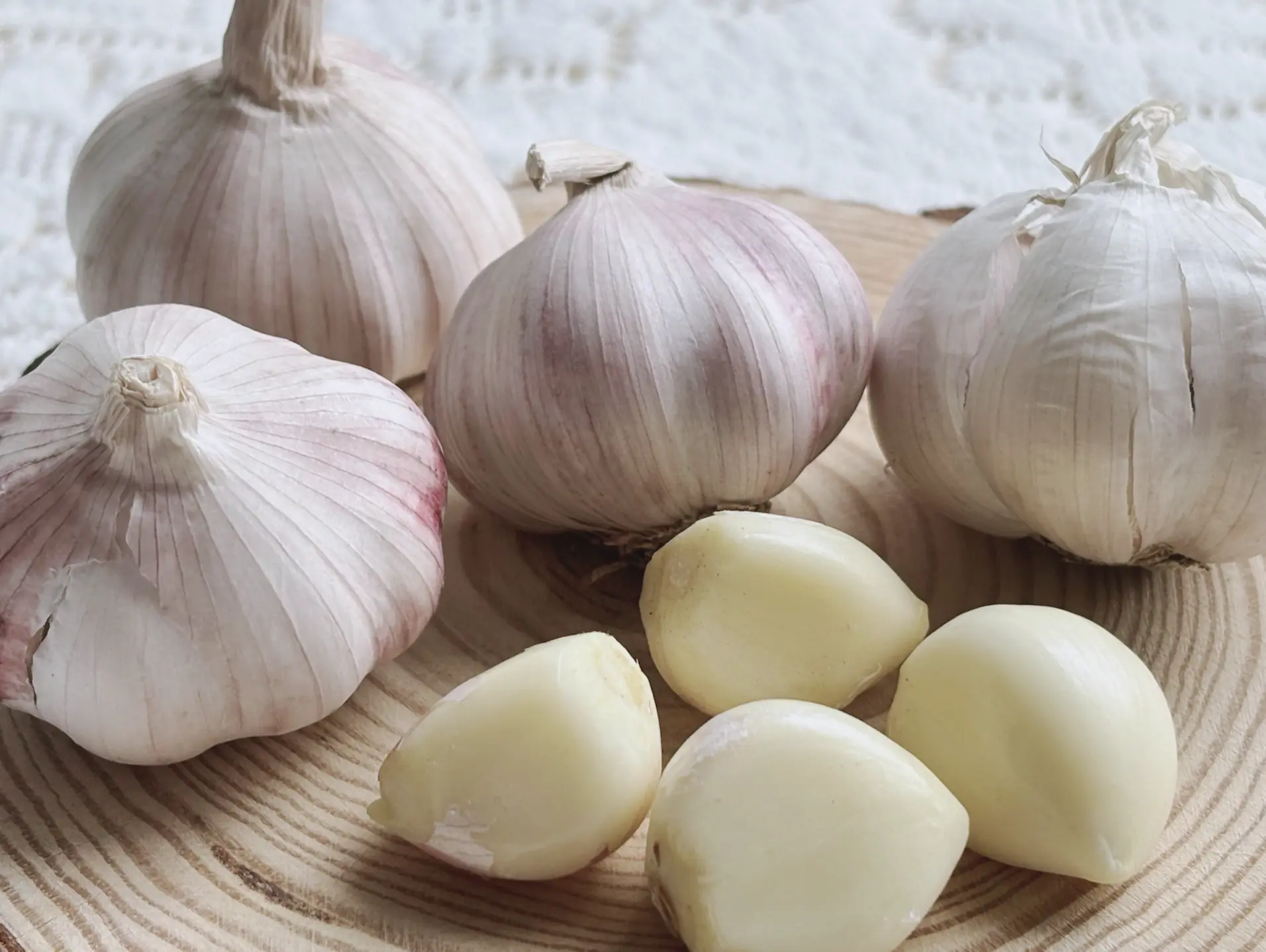
Pay attention to these types of garlic when going to the market
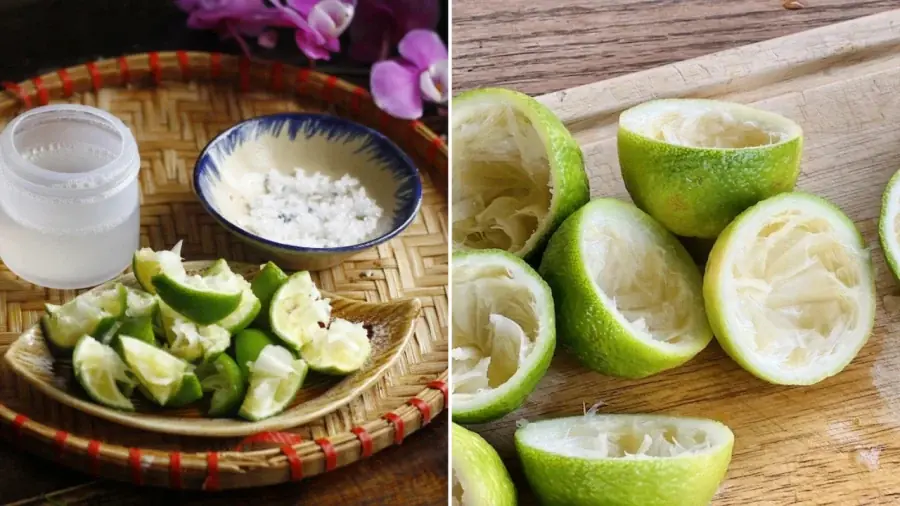
Don’t Throw Away Leftover Lemon Peels — Keep Them for These 5 Amazing Uses
News Post

How to clean sink drain easily
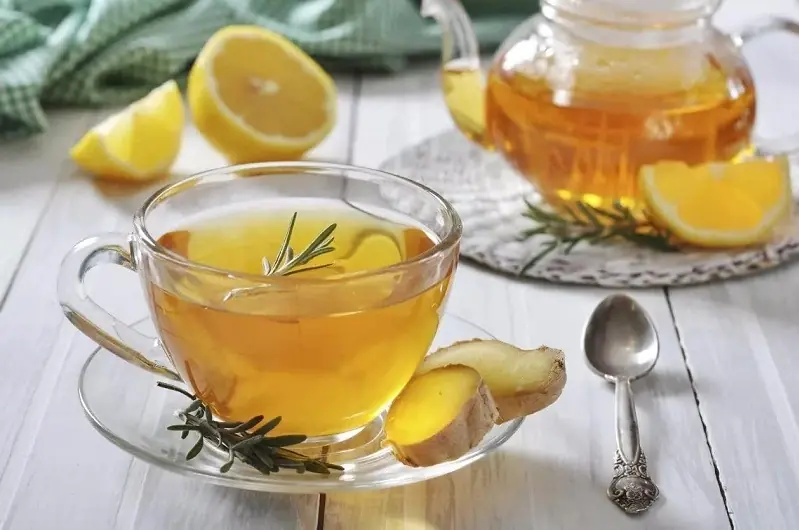
5 effective liver de.tox drinks to have before bed
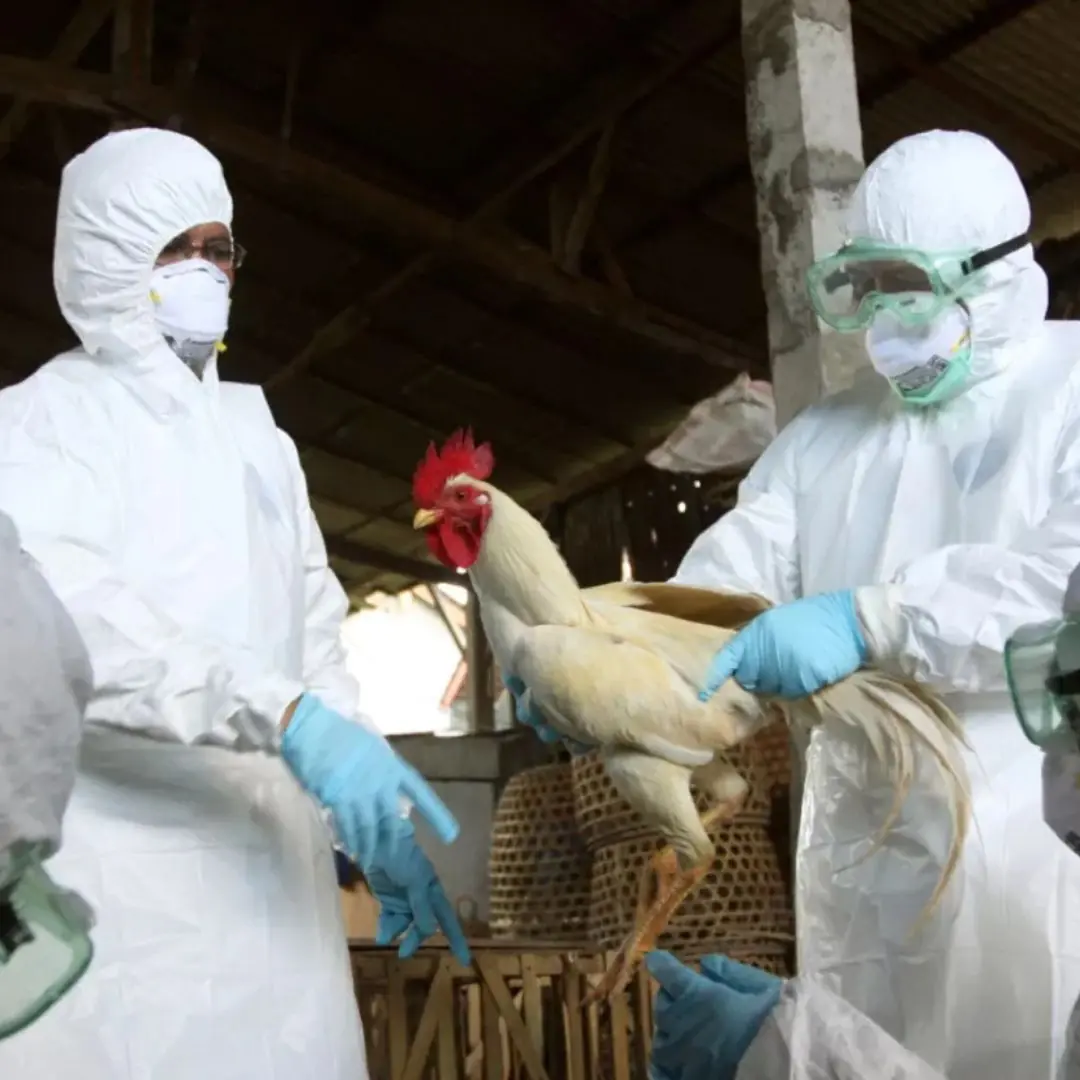
Experts Warn of Rising Bird Flu Th.r.eat: Could Avian Influenza Become the Next Pa.nd.emic?

Whistling Dick's Christmas Stocking

3 Fruits That May Harbor Parasites – Eat with Caution to Avoid Illness

5 amazing health benefits of black bean water

4-year-old boy suffers from diabetes, mother bursts into tears after doctor says: "It's all in the family"
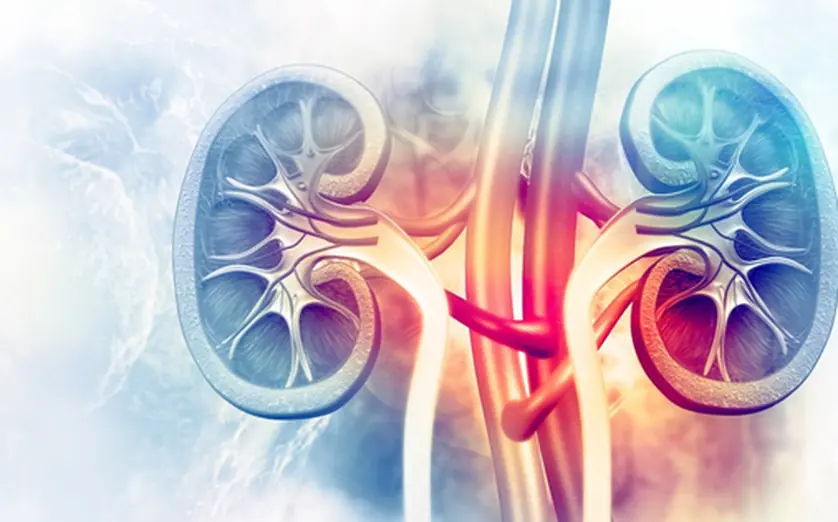
Waking up in the morning and seeing this symptom, be careful your kidneys are starting to fail
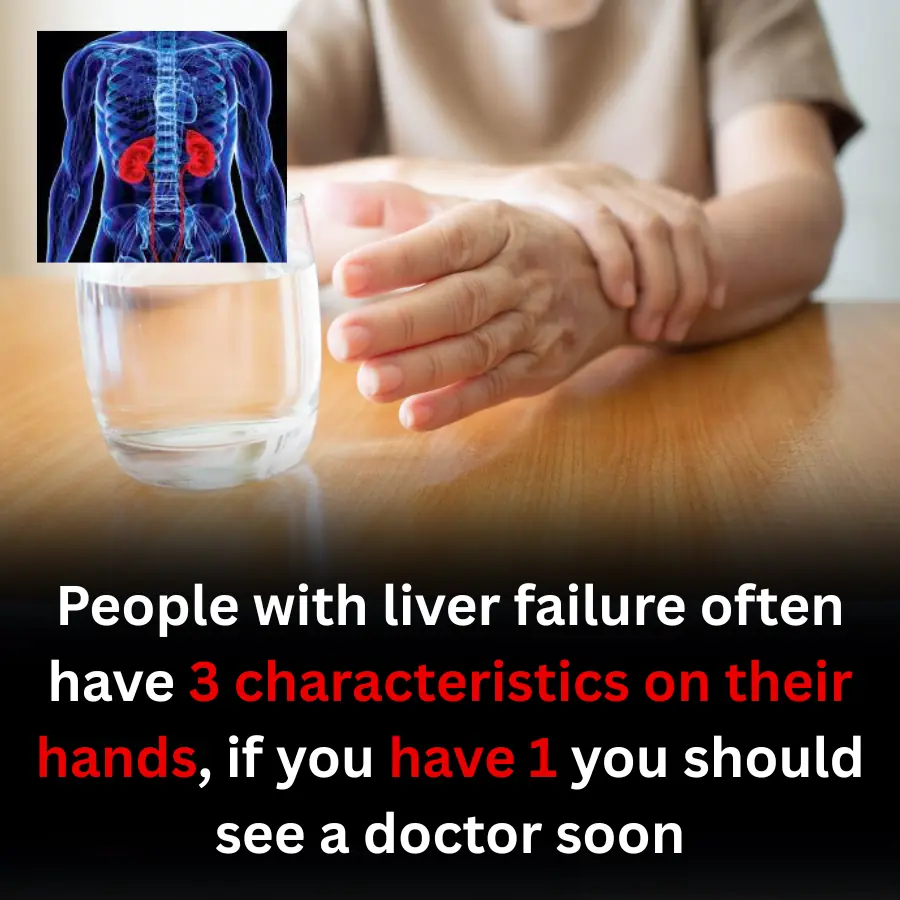
People with liver failure often have 3 characteristics on their hands, if you have 1 you should see a doctor soon

Man with heavy metal poisoning, kidney failure: The "culprit" is something unexpected

The man did not drink alcohol but di,ed of liver failure, the doctor sighed: Eating these 4 dishes every day will ruin even a "steel liver"!

Christmas at Red Butte
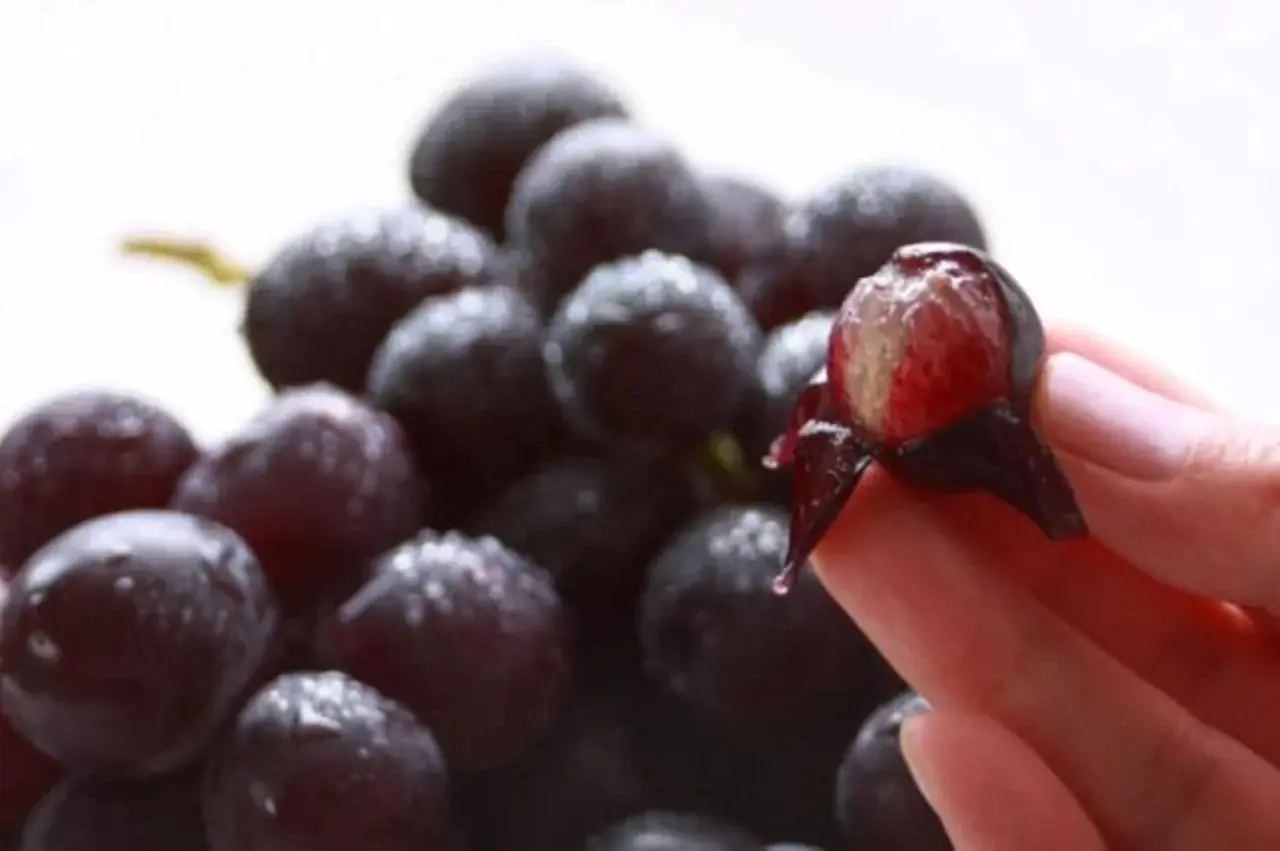
3 Cooling Foods for Summer That Help You Relax and Sleep Better
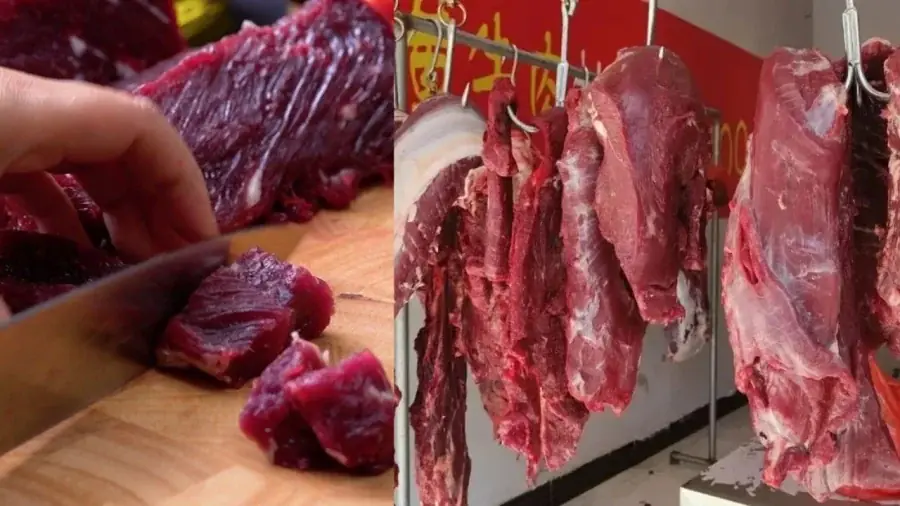
Tips to Choose Fresh Beef and Avoid Fake, Frozen, or Water-Injected Meat: Pick the Right Cut for Each Cooking Method

A Man Who Never Drank Alc.ohol Di.ed of Li.ver Failure — Doctor Sighs: "Even an Iron Li.ver Would Fail if You Eat These 4 Foods Daily!"
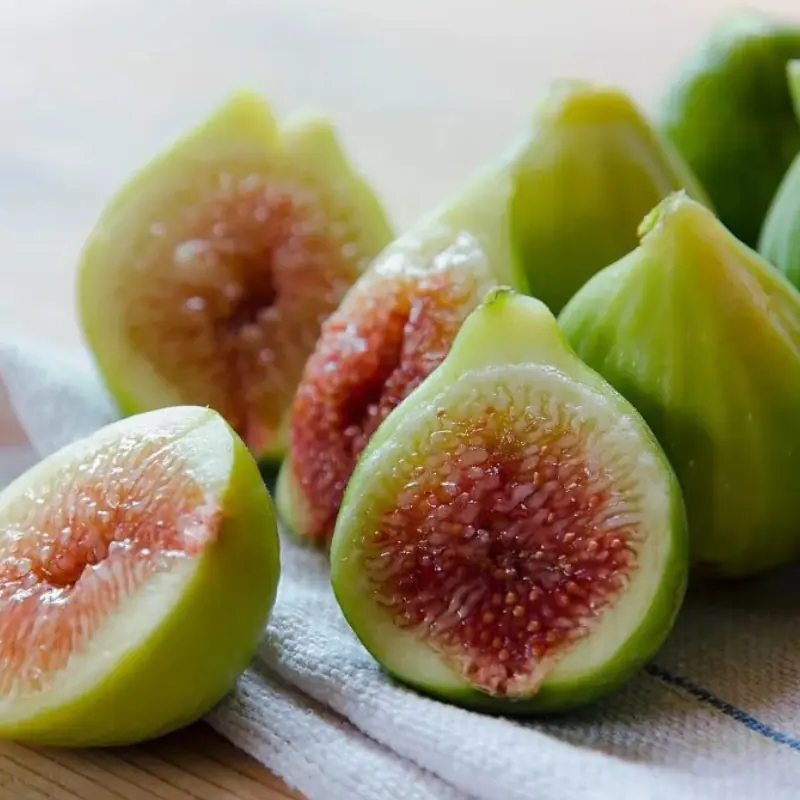
3 Types of Fruit Full of Parasites — Be Careful or You Might Get Sick
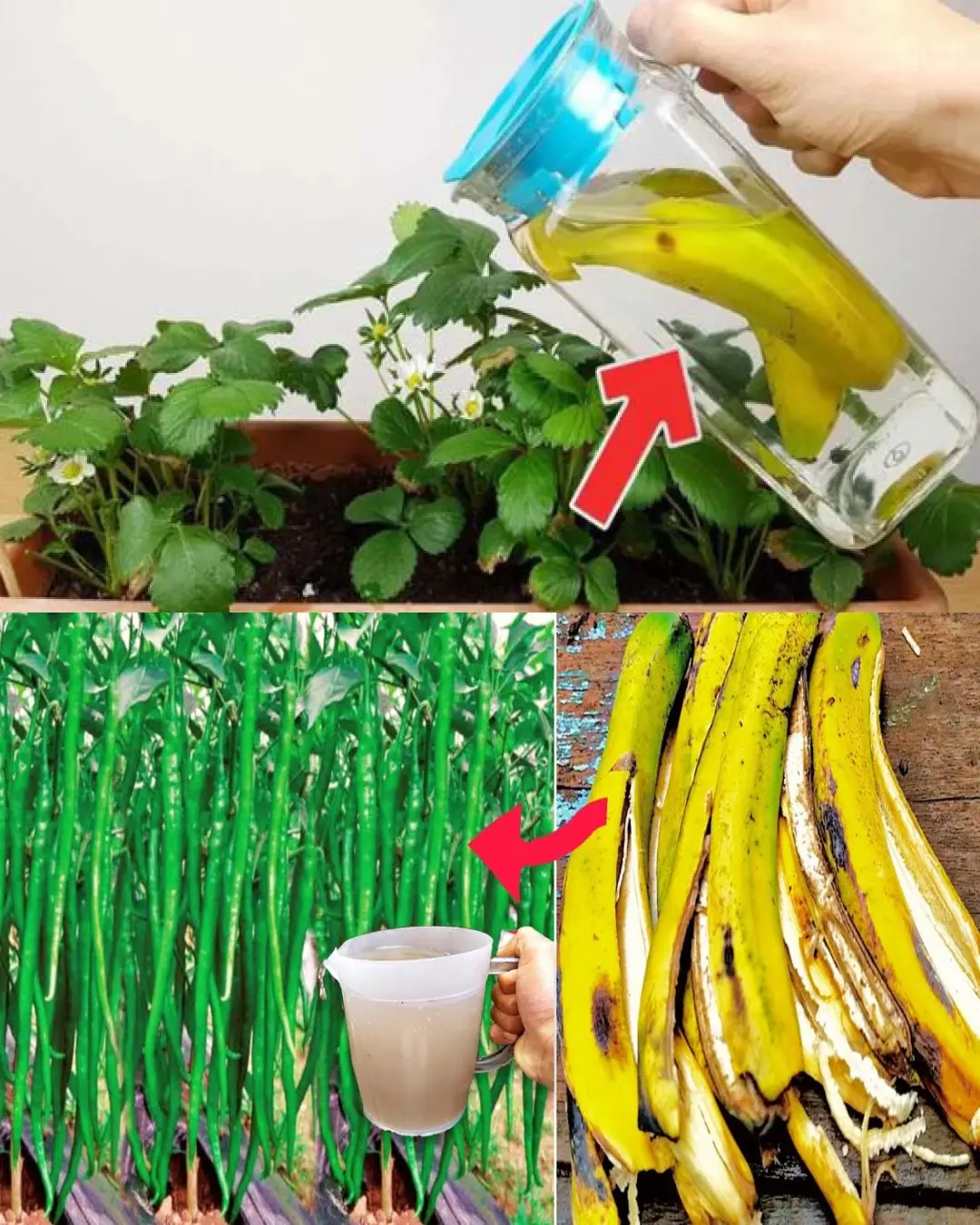
Amazing benefits of banana peels for gardening

The Moonlit Road

Gentlemen: The King!
